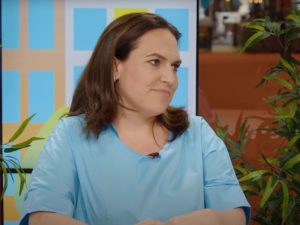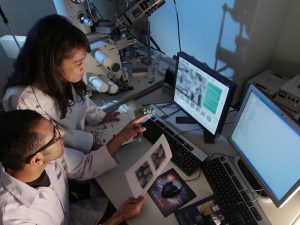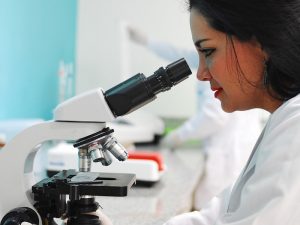“Somewhere, something incredible is waiting to be known,” said renowned American astronomer Carl Sagan about research. Research is a crucial prerequisite in the advancement of urological care. This is one of the core reasons why the EAU Section of Urological Research (ESUR) was founded.
From 13 to 15 October 2022 in Innsbruck, Austria, the ESUR22 meeting will deliver vital developments and the fundamentals through sessions, workshops, and courses. In this article, ESUR Chair Prof. Dr. Kerstin Junker (DE) offers a glimpse at the upcoming meeting; how your clinical practice can benefit; what the major challenges are in the field, and the breakthroughs that could transpire in the future.
What are the highlights that participants can look forward to?
Prof. Junker: One focus of the ESUR22 meeting is the complexity of tumour development and progression, as well as, therapy response. This includes the immune tumour microenvironment, microbiome, and metabolic landscape.
Additionally, there will be updates on hereditary urological tumour predisposition, challenges for precision medicine, and fascinating new developments in molecular-driven therapies and diagnostics.
How will knowledge gained from the meeting benefit the participants?
Prof. Junker: To help realise individualised decision-making in diagnosis and treatment, the meeting will impart knowledge on molecular and cellular mechanisms of tumour diseases and the basis of current and future therapies, and biomarker diagnostics. Furthermore, researchers will gain more knowledge on specific clinical tasks in uro-oncology.
What are the major challenges in the field and how will ESUR22 address these challenges?
Prof. Junker: The major challenge in the development of new therapeutics is to understand and consider the complexity of diseases, especially in oncology. Therefore, we need appropriate in-vitro and in-vivo preclinical models.
Furthermore, the translation of biomarkers into clinical routine is another challenge. Here, the collaboration between clinicians and researchers is necessary to validate such biomarkers in clinical trials.
What are the breakthroughs in or will stem from urological research in the coming 10 years?
Prof. Junker: Using biomarkers and molecular imaging, we will define individual prognosis and tailor the therapy in a given patient. Systemic therapies will become more specific especially for selective targets on tumour cells and on cells from the tumour microenvironment.
How to join the meeting
Benefit from a discount of more 20% by signing up for ESUR22 via this link. Take advantage of the early-fee rates and register before the special offer ends on 13 July 2022 (23:59 CEST)!
Interested in presenting at ESUR22?
Submit your abstracts before the deadline of 11 July 2022 (23:59 CEST) here.





